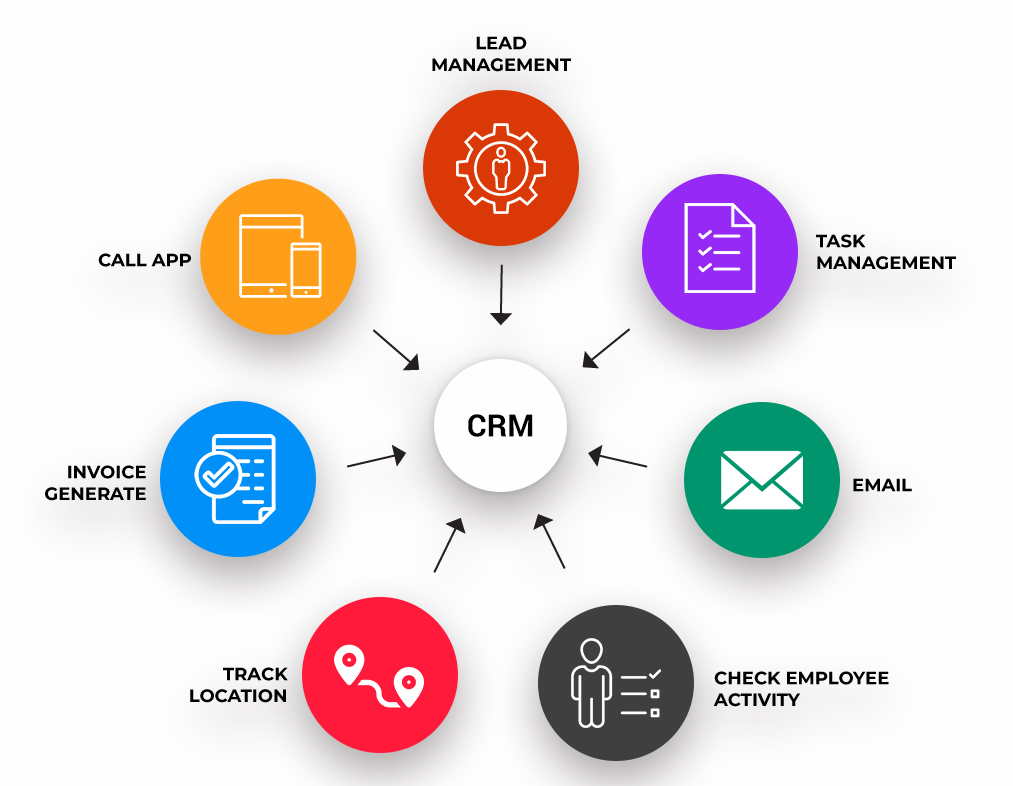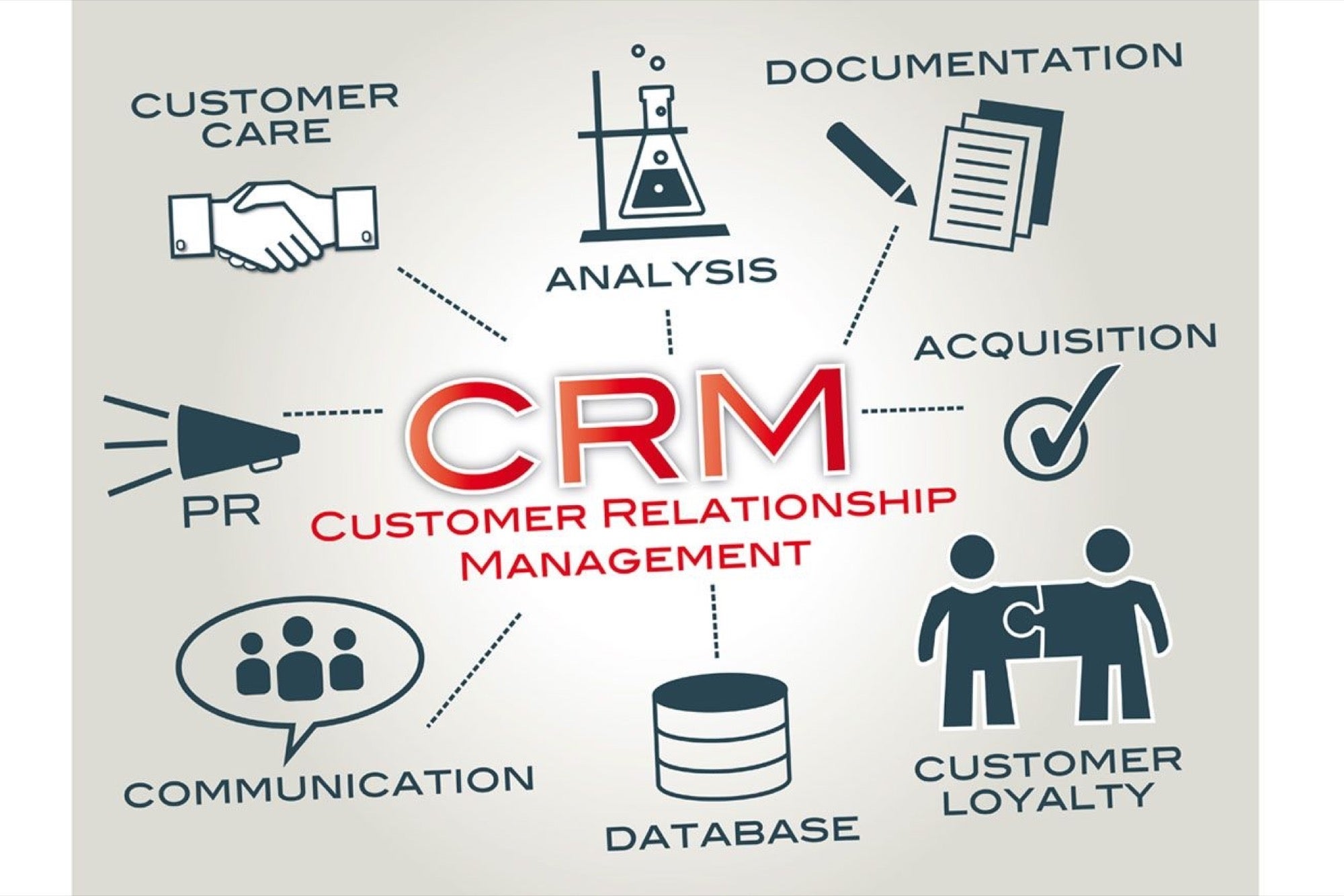
Unleash the Power of Voice: CRM with Disposition Triggers for Enhanced Customer Engagement
In today’s fast-paced business environment, customer relationship management (CRM) systems are essential for managing customer interactions and improving business outcomes. Traditional CRM systems offer a wide array of features, but one of the most innovative and impactful is the integration of voice disposition triggers. This powerful feature allows businesses to automate workflows and personalize customer engagement based on the outcome of voice interactions. In this article, we’ll explore how CRM with voice disposition triggers can transform your customer engagement strategy, drive efficiency, and boost your bottom line.
Understanding Voice Disposition Triggers
At its core, a voice disposition trigger is an automated action or workflow that is initiated based on the outcome (or "disposition") of a phone call or voice interaction. When a customer service representative, sales agent, or any employee interacting with customers via phone completes a call, they assign a disposition code to the call. These codes categorize the outcome of the call, such as:
- Completed Sale: The call resulted in a successful sale.
- Follow-Up Required: The customer needs additional information or a callback.
- Complaint Resolved: The customer’s issue has been resolved.
- Not Interested: The customer is not interested in the product or service.
- Wrong Number: The call reached an incorrect number.
- Appointment Scheduled: An appointment has been booked with the customer.
These disposition codes then serve as triggers within the CRM system, automatically initiating a series of pre-defined actions.
How Voice Disposition Triggers Work
The functionality of voice disposition triggers is based on a simple yet powerful concept: "If this, then that." The CRM system monitors the disposition codes assigned to calls and, when a specific code is entered, it triggers a pre-configured action.
Here’s a step-by-step breakdown of the process:
- Voice Interaction: A customer service representative or sales agent engages in a phone call with a customer.
- Disposition Assignment: After the call, the agent selects the appropriate disposition code that best describes the outcome of the interaction.
- Trigger Activation: The CRM system detects the assigned disposition code.
-
Automated Action: Based on the code, the CRM automatically initiates a pre-defined action, such as:
- Sending a follow-up email to the customer.
- Scheduling a callback for the agent.
- Updating the customer’s record with relevant information.
- Adding the customer to a specific marketing campaign.
- Creating a task for another team member.
- Escalating an issue to a supervisor.
Benefits of CRM with Voice Disposition Triggers
Integrating voice disposition triggers into your CRM system offers a multitude of benefits, including:
- Increased Efficiency: Automating tasks based on call outcomes saves time and reduces manual effort. Agents can focus on engaging with customers and resolving their issues, rather than spending time on administrative tasks.
- Improved Customer Experience: Personalized follow-up and proactive communication based on call outcomes enhance the customer experience. Customers feel valued and understood when businesses respond promptly to their needs.
- Enhanced Data Accuracy: By automating data entry and updates, voice disposition triggers ensure that customer records are accurate and up-to-date. This leads to better decision-making and more effective marketing campaigns.
- Streamlined Workflows: Voice disposition triggers streamline workflows by automating tasks and routing information to the appropriate team members. This improves collaboration and ensures that issues are resolved quickly and efficiently.
- Better Lead Management: By tracking the outcomes of sales calls, businesses can identify promising leads and prioritize follow-up efforts. This leads to higher conversion rates and increased revenue.
- Enhanced Reporting and Analytics: Voice disposition triggers provide valuable data on call outcomes, which can be used to generate reports and analytics. This data can help businesses identify trends, track performance, and make informed decisions.
- Personalized Marketing Campaigns: By segmenting customers based on call outcomes, businesses can create highly targeted marketing campaigns that resonate with their audience. This leads to higher engagement rates and improved ROI.
- Increased Agent Productivity: Voice disposition triggers free up agents’ time by automating repetitive tasks. This allows agents to focus on more complex issues and provide better service to customers.
- Better Compliance: By tracking call outcomes and automating follow-up actions, businesses can ensure that they are compliant with industry regulations and internal policies.
Examples of Voice Disposition Triggers in Action
Here are a few examples of how businesses can use voice disposition triggers to improve their customer engagement:
- Sales: When a sales agent marks a call as "Interested," the CRM system automatically schedules a follow-up call and sends the customer a personalized email with additional information about the product or service.
- Customer Service: When a customer service representative marks a call as "Complaint Resolved," the CRM system automatically sends the customer a satisfaction survey to gauge their experience.
- Technical Support: When a technical support agent marks a call as "Issue Escalated," the CRM system automatically creates a task for a senior technician to investigate the issue further.
- Marketing: When a customer service representative marks a call as "Opted-In to Newsletter," the CRM system automatically adds the customer to the email marketing list.
- Collections: When a collections agent marks a call as "Payment Promised," the CRM system automatically sets a reminder to check for the payment and sends a confirmation email to the customer.
Implementing Voice Disposition Triggers
Implementing voice disposition triggers requires careful planning and execution. Here are some steps to consider:
- Define Your Goals: Determine what you want to achieve by implementing voice disposition triggers. Do you want to improve customer satisfaction, increase sales, or streamline workflows?
- Identify Key Disposition Codes: Identify the disposition codes that are most relevant to your business. These codes should accurately reflect the outcomes of your voice interactions.
- Map Out Automated Actions: For each disposition code, define the automated actions that you want to trigger. These actions should be aligned with your goals and designed to improve customer engagement.
- Configure Your CRM System: Configure your CRM system to recognize the disposition codes and trigger the appropriate actions. This may require some customization or integration with other systems.
- Train Your Agents: Train your agents on how to use the disposition codes and explain the benefits of the automated actions.
- Monitor and Optimize: Continuously monitor the performance of your voice disposition triggers and make adjustments as needed. This will ensure that you are achieving your goals and maximizing the benefits of the system.
Choosing the Right CRM with Voice Disposition Triggers
When choosing a CRM system with voice disposition triggers, consider the following factors:
- Integration Capabilities: Ensure that the CRM system integrates seamlessly with your existing phone system and other business applications.
- Customization Options: Choose a CRM system that allows you to customize the disposition codes and automated actions to meet your specific needs.
- Reporting and Analytics: Look for a CRM system that provides robust reporting and analytics capabilities to track the performance of your voice disposition triggers.
- User-Friendliness: Choose a CRM system that is easy to use and intuitive for your agents.
- Scalability: Select a CRM system that can scale with your business as you grow.
Conclusion
CRM with voice disposition triggers is a powerful tool for enhancing customer engagement, streamlining workflows, and improving business outcomes. By automating tasks based on call outcomes, businesses can save time, reduce manual effort, and provide a more personalized experience for their customers. As technology continues to evolve, voice disposition triggers will become an increasingly important feature of CRM systems, helping businesses stay ahead of the curve and thrive in a competitive market.

